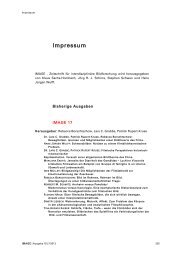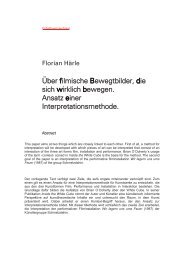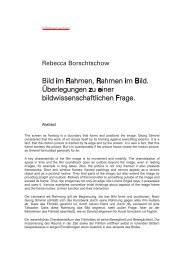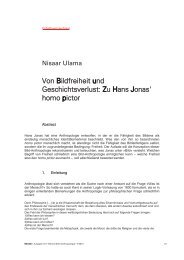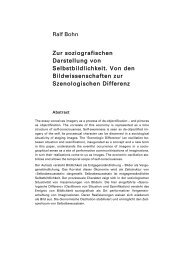Image 15 - Gesellschaft für interdisziplinäre Bildwissenschaft
Image 15 - Gesellschaft für interdisziplinäre Bildwissenschaft
Image 15 - Gesellschaft für interdisziplinäre Bildwissenschaft
Erfolgreiche ePaper selbst erstellen
Machen Sie aus Ihren PDF Publikationen ein blätterbares Flipbook mit unserer einzigartigen Google optimierten e-Paper Software.
A. CHRISTODOULOU / G. DAMASKINIDIS: THE PRESS BRIEFING AS AN ESP EDUCATIONAL MICROWORLD<br />
3. Multimodal and social semiotics approaches to analyzing literacy<br />
events<br />
Halliday (1978) introduced social semiotics to study the way people use social resources for<br />
communicating meanings. One of the most influential contributions of Halliday in social<br />
semiotics theory has been the three metafunctions – ideational (the representation of the<br />
world), textual (the ways in which texts are made coherent and related to their context) and<br />
interpersonal (social and identity relations enacted and played out in texts). Social semiotics<br />
focuses on the study of social meaning-making practices of all modes. Moreover, these<br />
practices are not examined in isolation or in a vacuum but in certain contextualized situations<br />
where all semiotic modes derive and construct their meaning in a given (sub)community.<br />
In this case, the community is the class of military personnel learning English as a foreign<br />
language through the computer-mediated multimodal text called Operational Update.<br />
Analyzing screen-based texts from a multimodal perspective would entail studying both the<br />
visual and the verbal as a full system of communication, where all meaning-making modes<br />
would be equally treated when assessing their contribution to the multimodal text. By the<br />
phrase ›equally treated‹, we mean that while only certain meaning-making modes may play a<br />
central role in the effect of the multimodal text, we can afford a look at each mode that exists,<br />
no matter its degree of contribution to the overall meaning.<br />
The reading of electronic multimodal texts bears little resemblance to the reading of the ›printbased<br />
and logocentric‹ ›western text‹ (SNYDER 2001). That is, while we use our ears to listen<br />
to a speaker and our eyes to read a written statement, in the electronic world we should<br />
combine all our senses for an ›electronic reading‹. For instance, the modern textbook,<br />
according to Kress et al. (KRESS/ OGBORN/ MARTINS 1998), has led to the simplification of the<br />
language used to describe visuals. This change is a sign that the visual has a more<br />
specialized function to play representing meaning that is not conveyed by the written text.<br />
These developments have led educational researchers to talk about ›multi-literacies‹ (STREET<br />
1997) with some arguing for several distinct literacies (e.g. visual, computer, digital) while<br />
others for a mixture of literacies.<br />
According to Bolter (1998: 8) »we are living in a visual culture« where the visual is »a different<br />
form of literacy« (BOLTER 1998: 9). The value of working with images is also highlighted by<br />
Beavis (1998: 244), who argues that »it is through texts and images that much of the politics<br />
of representation and identity are being transacted«. Recent changes in the curriculum<br />
worldwide »emphasize[s] the need for young people to be able to interpret text and images«<br />
(FACER 2002: 1). Yet, in adult education, it is not easy to increase adults’ ability to read<br />
images because they lack a solid foundation in visual literacy skills.<br />
Additionally, the ambiguities created by the interaction of the verbal and visual, and the way<br />
this interaction is recognized and interpreted, could become problematic. Nowadays scientific<br />
community shows an awareness of the way and the requirements the scientific knowledge is<br />
presented to the general public (KRESS/ OGBORN/ MARTINS 1998). For example, Kreuter<br />
(2009) describes the way the interpretation of a series of aerial photos led to the Cuban<br />
Missile Crisis in 1962 and to the US build-up to war with Iraq in 2003. Of particular interest is<br />
the discussion on the dangers of ascribing scientific objectivity to remotely sensed images of<br />
the earth obtained from aeroplanes or satellites. Such images, according to Kreuter (2009:<br />
210), are »easily staged or divorced from their larger context«. These photos were considered<br />
as information weapons because neither the media nor the public had the means to evaluate<br />
the photos independently.<br />
IMAGE I Ausgabe <strong>15</strong> I 1/2012 34



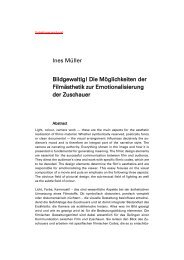
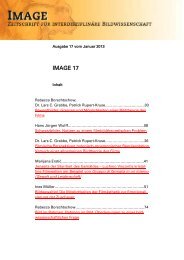
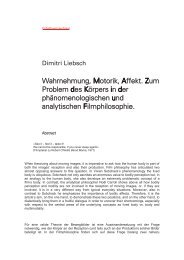
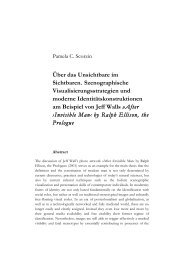
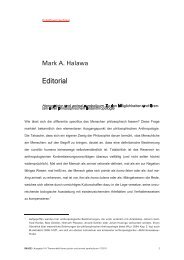
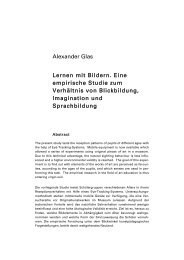
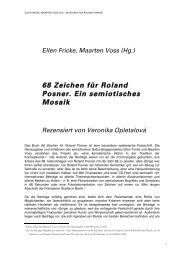
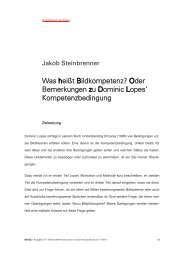
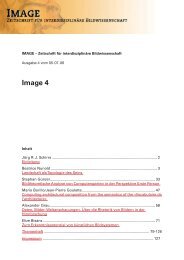
![image 11 [pdf] - Gesellschaft für interdisziplinäre Bildwissenschaft](https://img.yumpu.com/41525154/1/184x260/image-11-pdf-gesellschaft-fur-interdisziplinare-bildwissenschaft.jpg?quality=85)
